…
We are happy to had the opportunity to talk to Richard Beland, a live event photographer, about his career, his passion and the challeging topics of his job. Richard is very familiar in the music business and shot big names eg as Coldplay, Guns ‘n roses, U2 and the legendary Nirvana band.
Wishing you lots of joy reading the interview and we thank Richard for letting us interview him.
Portrait of Richard
Instructor and Coordinator for Lambton College’s Digital Photography Program, Richard Beland is a working music and entertainment photographer. His extensive body of work, which dates back to 1986 and includes live performance photographs as well as studio portraits, celebrates popular music’s depth and eclectic breadth. From photographs of Coldplay to those of The Tragically Hip, Richard Beland’s images of international stars and Canadian icons reveal his passion for his craft, his keen sense of composition, and his steadfast commitment to detail.
When did you discover your passion for music event photography?
To be honest, and at the risk of seeming cliché, I don’t remember a time when I didn’t have passion for photography. But my passion certainly does have a history. I grew up in Southern Ontario, Canada, yet I was lucky enough to live an hour’s drive from Detroit, Michigan, USA. Detroit Rock City. From an early age, my ears were glued to the radio stations from Detroit (thanks WRIF and WLLZ) and my eyes were superglued to the stories and photos in every music magazine I could find. Reading copies of Rolling Stone, Hit Parader, Circus, and Creem was music to my young eyes, and I simply couldn’t wait to see more. So, it’s fair to say that I first developed a fixation on music, and my passion for photography developed soon thereafter if not hand-in-hand. Mostly, I’d read music magazines while listening to albums from bands now considered Classic Rock, and I dreamt about going to concerts and making my own photographs of my idols.
How did you come to the world of music photography?
When I began attending college in Canada, I volunteered to shoot for the school newspaper. I knew instinctively at the time that I had zero interest in photographing sports or lifestyle matters etc. I knew in my heart that these subjects were—and still are—best suited to photographers with a genuine passion for them. I was not one of those photographers, and I knew it. I just wanted to cover the live entertainment events at my college! I’m grateful my editor heard me out and trusted my admittedly naïve vision. Soon after gaining his trust, I raised the prospect of covering for the newspaper concerts and events off-campus and even in other cities. His response was nothing short of a green light for me: “As long as you make the phone calls, I support the idea.” I was stuck to the phone the following day and countless days afterwards.
With a combination of toil, ambition, and good fortune, I then managed to parlay my college experience into shooting large scale national rock tours by the likes of ZZ Top and Pink Floyd. To say the least, I was getting a crash course in live music photography! I loved it!
And I’m pleased to say that determination and fate weren’t done with me. One day, while I was printing photographs in the college darkroom, a senior student saw a print I’d made of Ron Wood from the Rolling Stones. She said: “You should contact my brother in Toronto, he’s the photo editor at a national music magazine.” Although I’d heard such things before from any number of people, I still chased the lead. I met with him, and he commissioned me to shoot a concert I’ll never forget: Nirvana, In Utero Tour at Maple Leaf Gardens, Toronto. The venue speaks historical volumes. The band is unforgettable.
The following summer, I travelled to Europe. Ken, my Toronto photographic editor, insisted I experience the European festival circuit. So, I did, and all things music and photography really started to perpetuate from this point. I photographed U2 in Stuttgart, Faith No More in Rotterdam, Guns n’ Roses in Milton Keynes and massive festivals in Torhout, Belgium, and Wercheter, Belgium. These day-long festivals included bands like Metallica, Lenny Kravitz, and Neil Young. For my budding career, though, the most important band on the Torhout bill was The Tragically Hip. Shooting the band at Torhout launched a relationship with The Tragically Hip that eventually saw me photograph the band more than 150 times.
Which of your projects/motifs opened the door to the art market/professional market?
Social Media and Instagram, in particular, really opened doors for me to the art market. In the summer of 2016, I met with two folks from Lagos, Nigeria (that meeting lead to a speaking engagement in Lagos at Africa’s largest photo conference), and they were flabbergasted that I not only didn’t have an Instagram account but that I didn’t even know what was Instagram! I had defiantly turned my back on social media. In fact, for years I referred to social media as “anti-social” media! Nonetheless, my new Nigerian friends said, “Richard, with your archive of images you should be on Instagram!” So, a few months after visiting Nigeria, I gave Instagram a try. Once I started receiving positive feedback via Instagram, I realized the wealth of opportunities at my fingertips. Today, I have over 4000 followers (richard.beland) on Instagram, and I have posted a different photo each day (without even missing one day) since September 20, 2016.
Who inspires you most?
Good question! My answer likely reflects several perspectives! First, my children inspire me on a daily basis. Each day, I turn on BBC news, and I see that the world is more challenging than the day before. I realize I can’t change governments, but I can lead the way for my children to make the best of their lives. I’m 51 years old, and I’ve been photographing musicians for 31 years. I’ve earned gainful employment that keeps me engaged and happy. I go to work happy, and I return from work happy. Second, other professional photographers inspire me. From the start, the rock photographer Bob Gruen was my primary inspiration. I’m also a dedicated fan of Anton Corbijn, Mark Seliger and Charles Peterson.
How would you describe your personal photography style?
My personal style, as far as concert photography goes, is difficult to describe. At my best, I try to create a live photograph that illustrates a portraiture style. My overriding goal with each live photograph, given technical precision and impactful composition, is to capture the crescendo of a given live moment. In a portrait setting, my style is driven by traditional techniques and style. I always use a light meter to determine lighting ratios. I often use a tape measure to zone focus, and I also pay respect to traditional lighting techniques and posing. I tend to borrow from history (as far back as the master painters), and I strive to use older and more historical techniques in contemporary culture.
What is most challenging about music photography?
The standards I set for myself are my biggest obstacle. I’m a perfectionist, and this personality trait is both a blessing and a curse. It’s a double-edged sword. It’s a blessing because I push myself to achieve very high standards; while doing so, however, I sometimes get in the way of my own progress! At the beginning, when I was young and eager, I was determined to gain the trust of others in the industry. This presented a real challenge and required genuine patience. Once I realized that that trust comes from experience, familiarity and good manners, the challenge became a strength.
How important is the printed presentation of your works of art?
The quality of my printed photographs is paramount to me! I studied photography long before the emergence of digital technology. Printing images by hand in a darkroom was the only way to experience the final product. My love for printed images has stuck with me all these years later. I firmly believe that the print is the final step in the creative process. I remain convinced this is true. For me, the workflow begins with the idea, leads to the photographic execution of the idea, to the digital editing and, finally, the printed image. Successfully completing this creative cycle is one key to being a professional photographer.
Who does the prints?
I do all my own printing. For better or for worse, I’m too much of a perfectionist to trust anyone else printing my images for me.
Two years ago, for example, I single-handedly printed (on Hahnemühle Photo Rag® Bright White) over 200 images—chosen by representatives of an entertainment venue for which I serve as house photographer—for a backstage gallery of my live shots. Although printing the photographs was time consuming, I cannot imagine assigning the responsibility to someone else.
Which is your favorite Hahnemühle paper and why?
The Hahnemühle Photo Rag® Deckle Edge is the paper I primarily use. I prefer it for a number of reasons. It has a perfect weight to it and the paper is fiberous. Even though it has a smooth surface, it still boast sample texture and feels like the high-end paper surface that it is. The D-max, the bright whites, and the full range of tones work perfectly for the contrast and clarity that I seek to portray in my images. I like the Deckle Edge because I believe that the fringed border is part of my artistic statement; this is where my image begins and ends.
Do you have a dream project you would like to realize sometime? What’s next?
My dream project, which will likely be my next project, will be a retrospective exhibition of my work. I recently turned 50 years of age, and I’ve been making photographic images for 30-plus years. These two milestones are worth celebrating, and I can think of no better way to mark them than by mounting a career-spanning exhibition.
Find more about Richard and his work here:


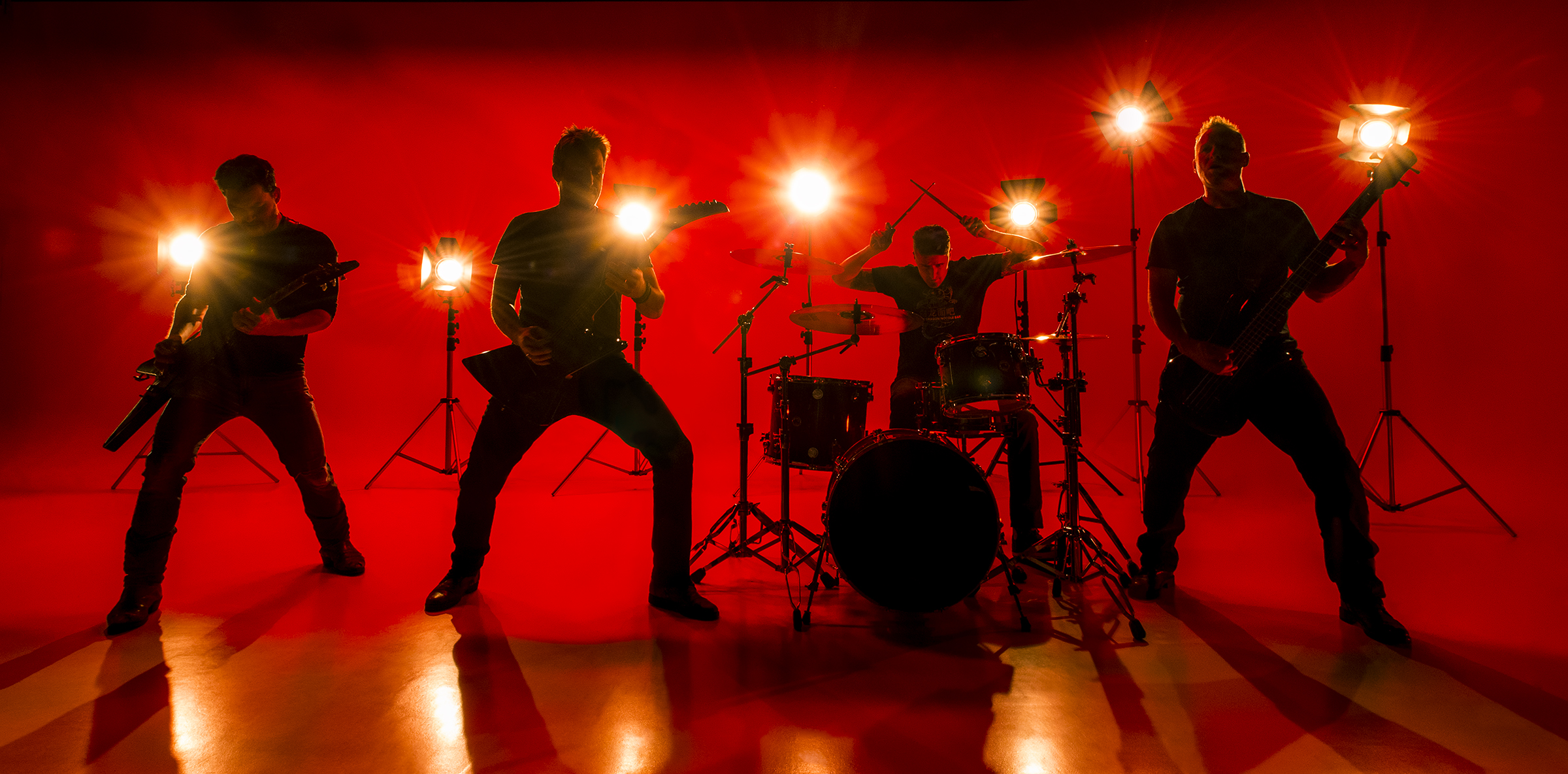
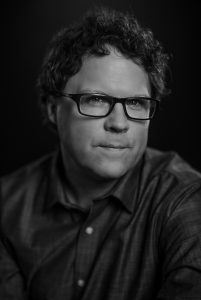
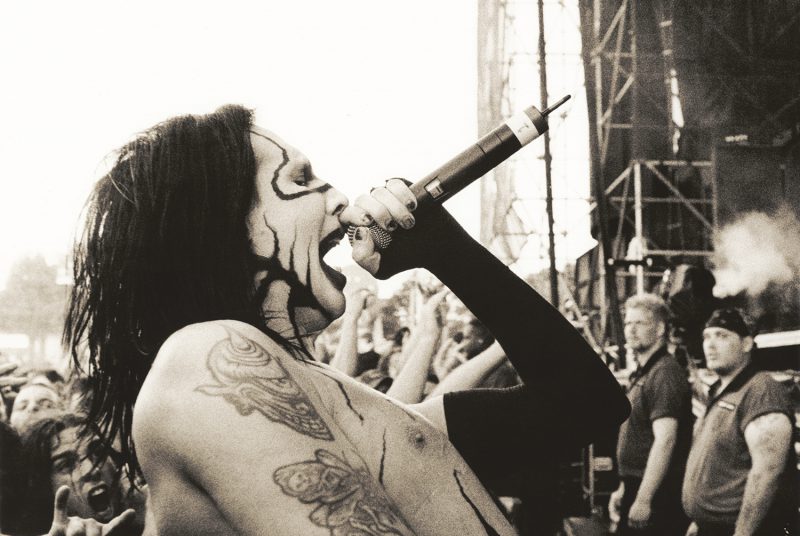
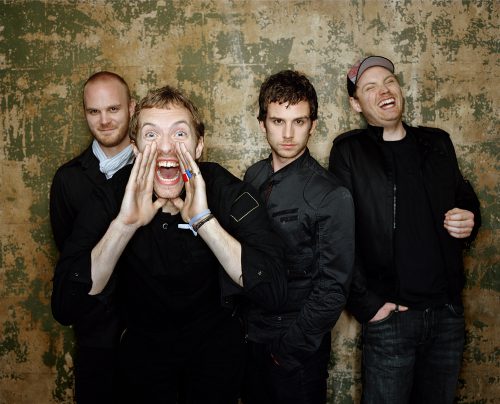
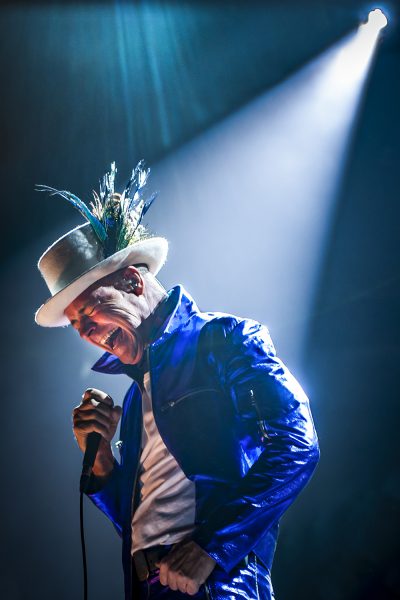
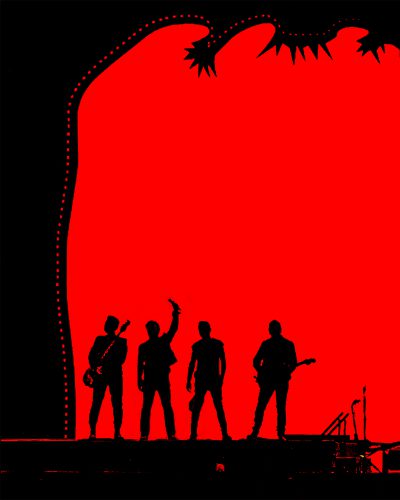
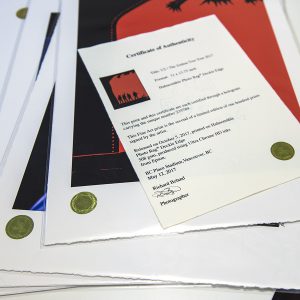
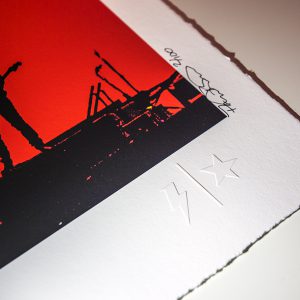






Richard has always been an inspiration.
Everyone we talk or see / read anything item or about you I learn something new and inspirational
Keep doing it!!! I know you will